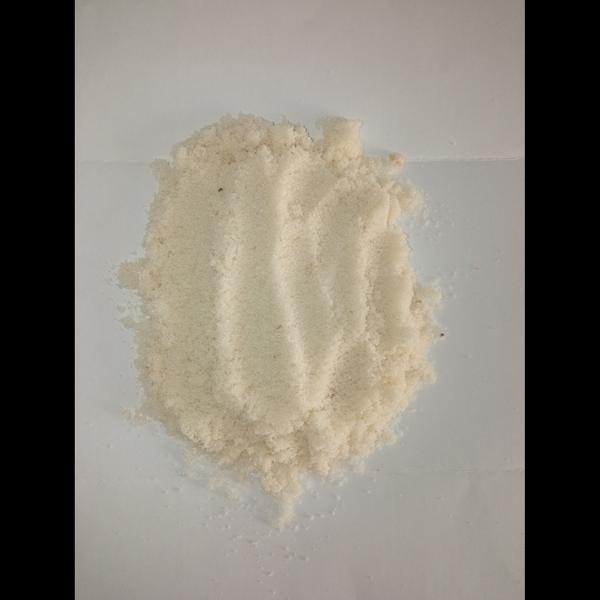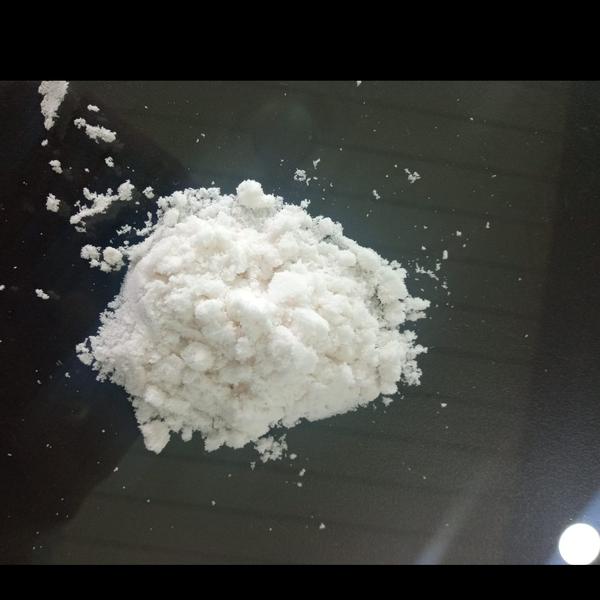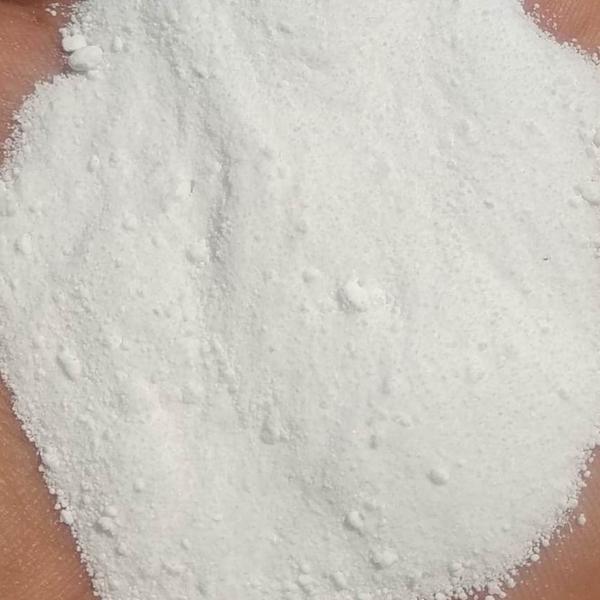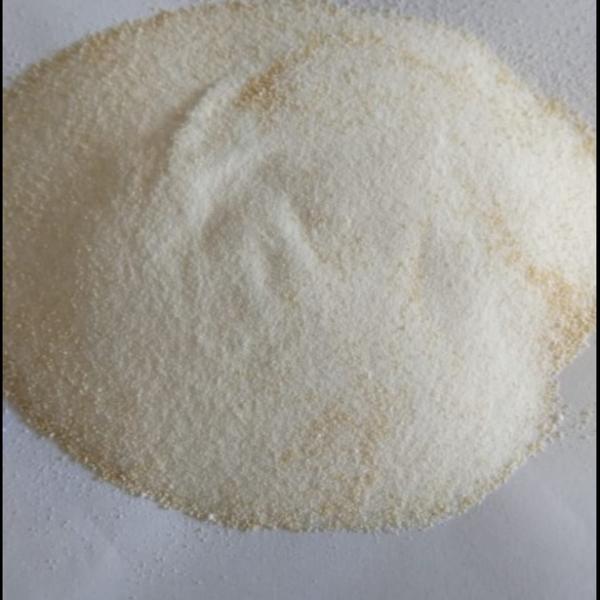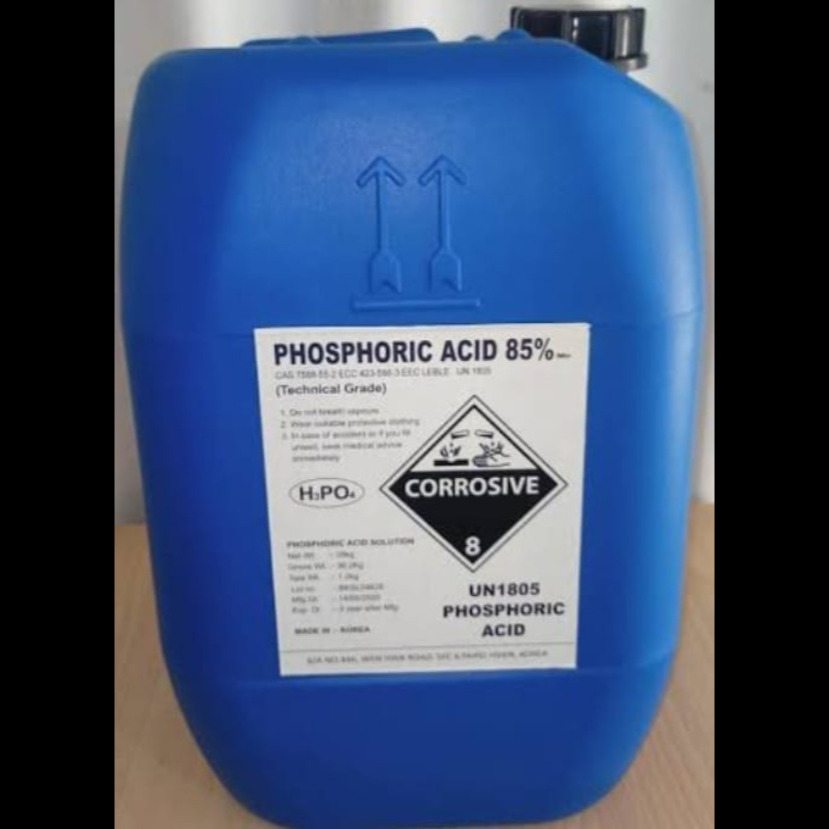
Phosphoric Acid 85% (H₃PO₄) is a highly valuable and widely used chemical in both industrial and food sectors. Below is a detailed breakdown of its uses, importance, manufacturing process, and raw materials:
🔶 Types:
Industrial Grade Phosphoric Acid (85%)
Food Grade Phosphoric Acid (85%)
📌 USES
🏭 1. Industrial Uses:
Fertilizers: Used to produce phosphate fertilizers like DAP (Diammonium Phosphate), MAP (Monoammonium Phosphate), and SSP.
Water Treatment: Helps in controlling pH levels and scale formation.
Metal Treatment & Surface Cleaning:
Rust removal from iron and steel.
Passivation of metal surfaces.
Detergents & Cleaning Agents: Used in industrial cleaning formulations due to its descaling properties.
Electronics Industry: As an etchant for semiconductors.
Pharmaceuticals & Chemicals: As a reagent and intermediate.
Battery Manufacturing: Used in electrolyte formulations for lithium-ion batteries.
🍽️ 2. Food Grade Uses:
Acidifying Agent: Common additive in soft drinks (especially colas).
pH Control: Helps regulate acidity in processed foods and beverages.
Preservative: Prevents microbial growth in foods like jams, sauces, and meats.
Flavor Enhancer: Adds tartness and enhances taste in processed foods.
✅ Importance in Chemical Industry:
It is a core chemical used in phosphorus-based chemical synthesis.
Provides nutrient phosphorus for agriculture.
Offers non-volatile and non-toxic acidity in applications compared to stronger mineral acids.
Plays a critical role in global food security due to its fertilizer applications.
Highly versatile, involved in multi-sector production (agrochemical, food, pharma, electronics).
⚗️ Manufacturing of Phosphoric Acid (85%)
There are two main processes for manufacturing:
🧪 1. Wet Process (Industrial Grade) – Most Common
➤ Raw Materials:
Phosphate rock (fluorapatite – Ca₅(PO₄)₃F)
Sulfuric acid (H₂SO₄)
Water

